PROFESSIONAL VIEWPOINT: JOURNAL CLUB
Reprinted from the SOFT Times, May/Jun/Jul 2011.
Janvier A, Okah F, Farlow B, Lantos JD. 2011. Ethical Rounds: An infant with trisomy 18 and a ventricular septal defect. Pediatrics 127:754-759.
When I received my personal copy of the April issue of Pediatrics, my eyes immediately went to the Special Article on the cover’s table of contents entitled, Ethical Rounds: An infant with trisomy 18 and a ventricular septal defect. This article is part of a new feature section of the journal called Ethics Rounds, which will now appear monthly in the journal. Notably Pediatrics is the most prestigious and widely read journal of the field, not only in the US but likely in the world. Thus I was particularly pleased to spot a piece with this title since on two occasions in the last five years in the medical scientific literature, I have articulated my surprise at the lack of attention to the complex issues surrounding the management of infants with trisomy 18 and 13. This recent article definitely helps address my concerns about the lack of coverage of what we would all consider to be a timely and important theme.
The article consists of the presentation of an “ethics” case report in three chronological stages; it is the unraveling of a story of an infant with trisomy 18 who has a VSD and a seizure disorder. After each scenario is presented, the 3 author-discussants have the opportunity to respond and provide comments. Two of the authors are neonatologists, while the third is Barbara Farlow, a parent who is well known to the SOFT community. The question in the first component of the 3 aspects of the case is: Should the parents be offered heart surgery to correct the VSD? The second component of the case presentation tells us that the baby has had heart surgery but has complications postoperatively that result in hypoxic brain injury. Here the question is: should the bay be extubated over the objections of the parents? The final stage of the story has a satisfying ending: The baby is successfully extubated and discharged and at 18 months of age is stable and doing well.
The discussants raised all of the important ethics themes of a story of this nature: These issues include “quality of life,” “best interest of the child,” allocation of resources, involvement of a palliative care team, and acknowledgement of the important role of the parents in decision- making. Having said that, there were some factual inaccuracies: In discussing surgery, one of the neonatologists stated when mentioning the risks of cardiac surgery in trisomy 18: “We do not know how much higher the risk” is for a baby with trisomy 18. As indicated in my Journal Club piece of Nov-Dec 2010, there have been three studies that have defined the risks of heart surgery in babies with trisomy 13 (and 18 and 13), and they indicate that 90% of children survive surgery and go home. In addition, the same author said that “generally children with trisomy 18 do not survive to 20 to 30 years.” Both the medical literature and the registry of SOFT indicate that -while statistically this is a small number (and “generally” accurate)- we know of many young adults with trisomy 18.
In the first part of the story both of the doctors indicated that they did not support surgery for the baby and one actually stated, “I should not offer infant Jones’ parents heart surgery to correct the VSD.” In contrast, Ms. Farlow asserted, “If there is a reasonable chance that surgery will be successful, surgery should be offered.”
Overall, this Ethics Rounds lays out all of the themes that need to be considered in such a case. Despite the fact that both neonatologists were not in favor of surgery at the start, both indicated that they would, as stated by one of them, “defer to the parents’ wishes unless I think their request will cause harm for the infant.” Thus, even though they stated their recommendations, they would still defer to the parents to decide how to proceed in cases where the outcome is unclear.
I would suggest that anyone interested in the details of the case study and the discussion should read the paper in the April issue of Pediatrics and analyze it on one’s own. The entire paper is not currently accessible unless you have a subscription to Pediatrics, but the abstract can be accessed on the aap.org web page, looking at the section called Publications and then at Pediatrics, April 2011. As is the case in this journal, the paper will become open access in 6 months from publication (October of this year). I would also add that most pediatrician’s office would likely have a hard copy of the April issue, and that most hospital libraries will have access to this most important of journals.
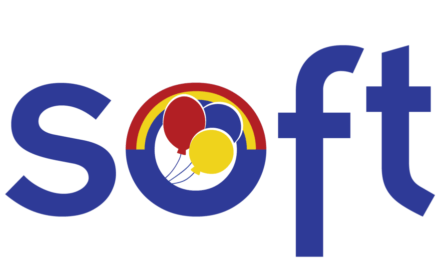
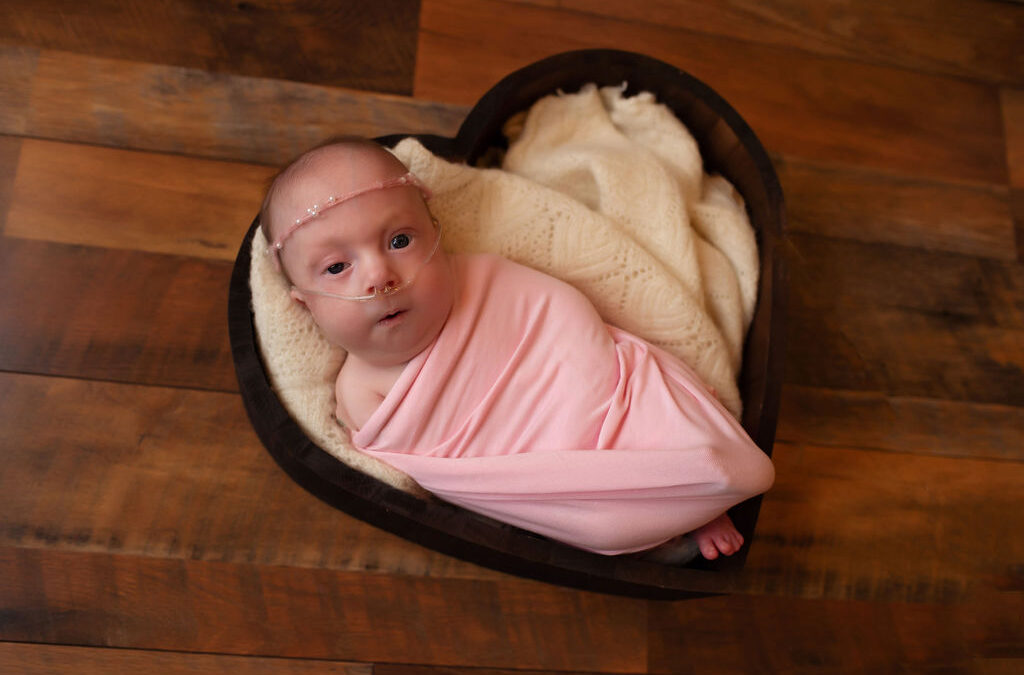
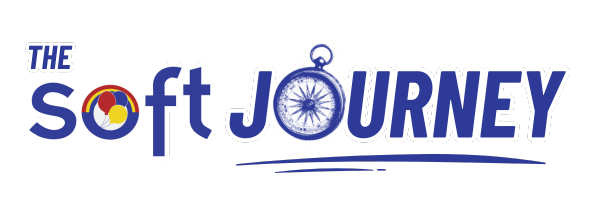
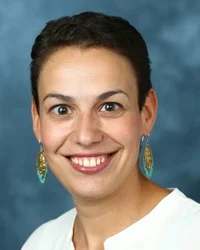
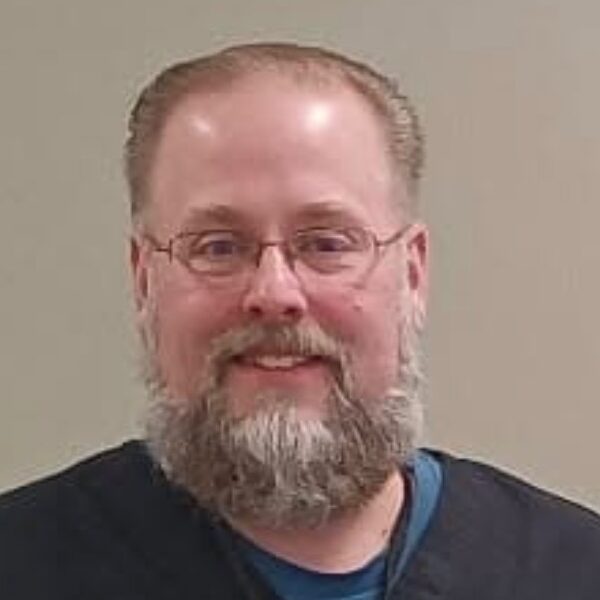

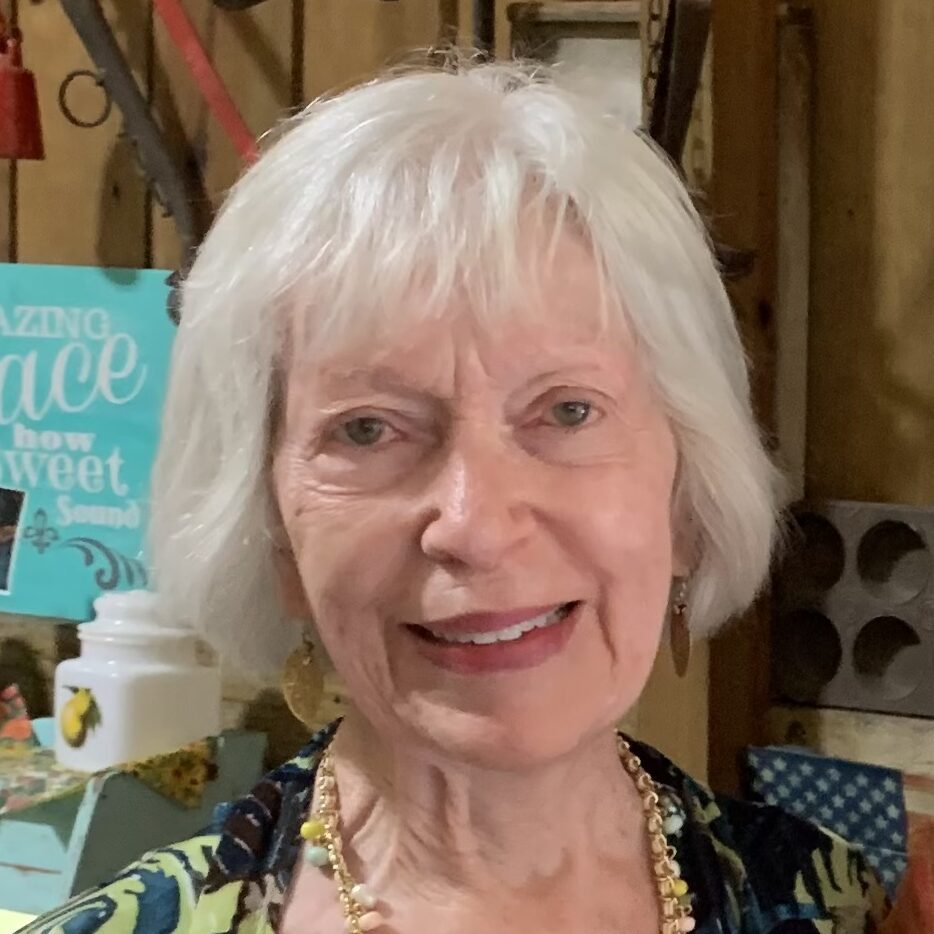

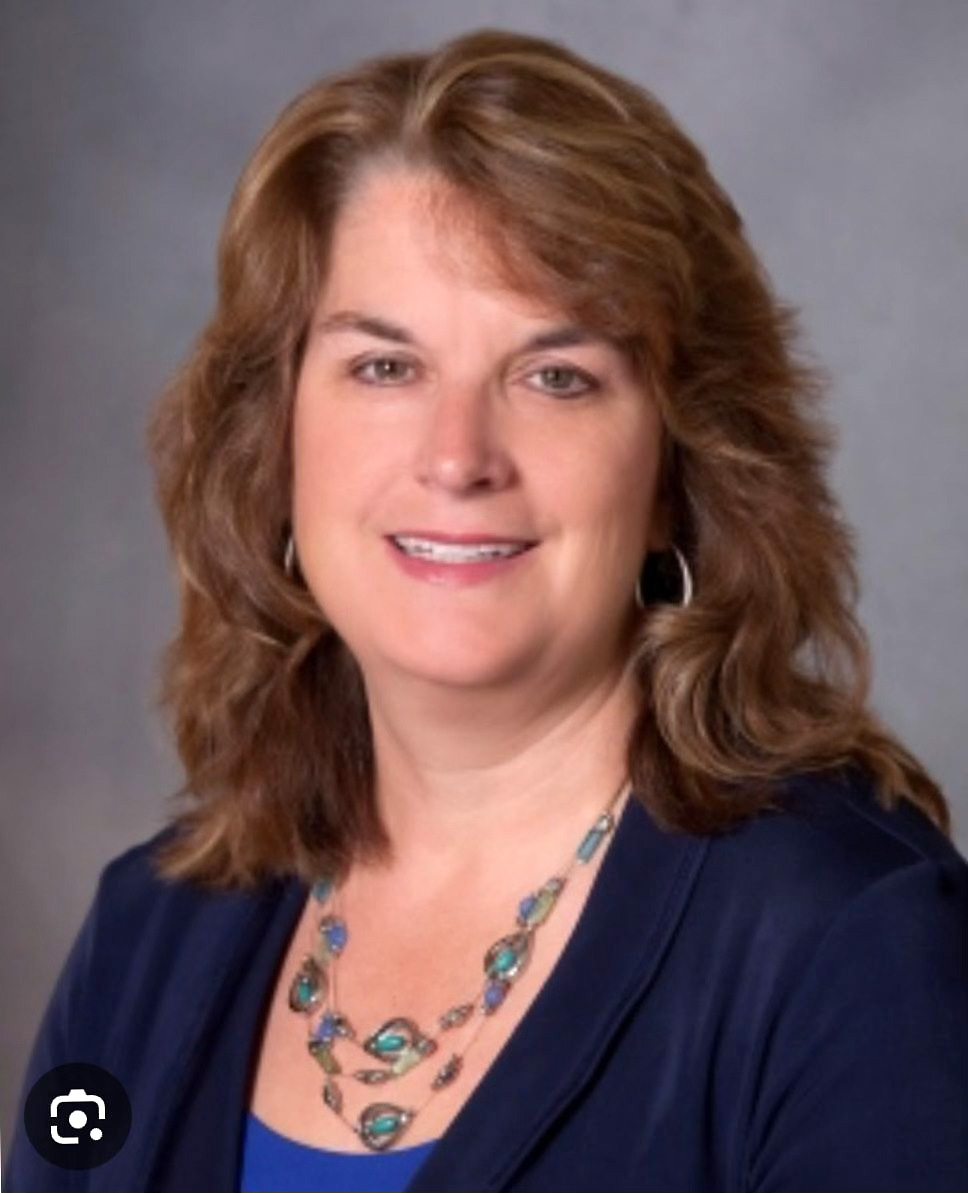
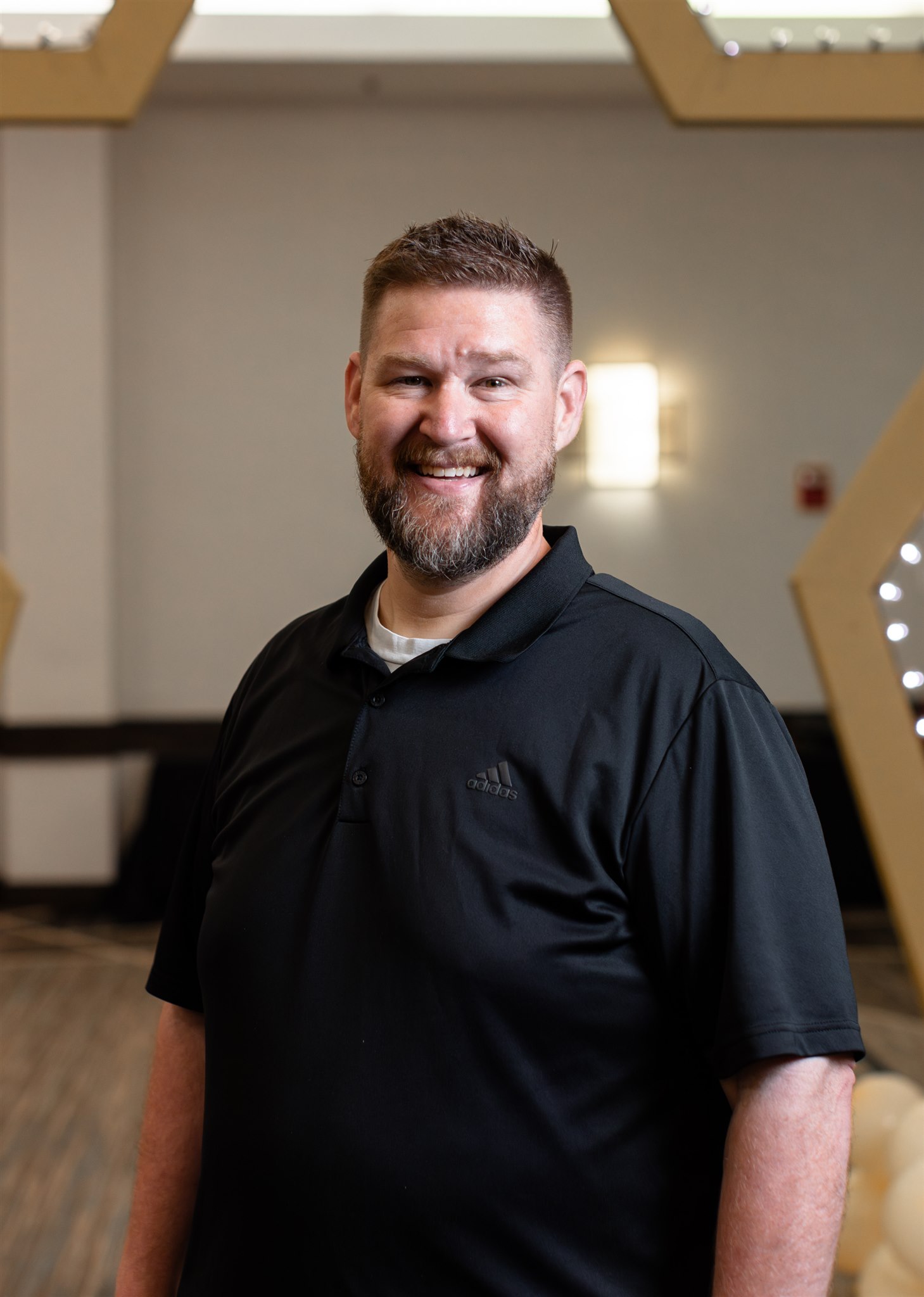
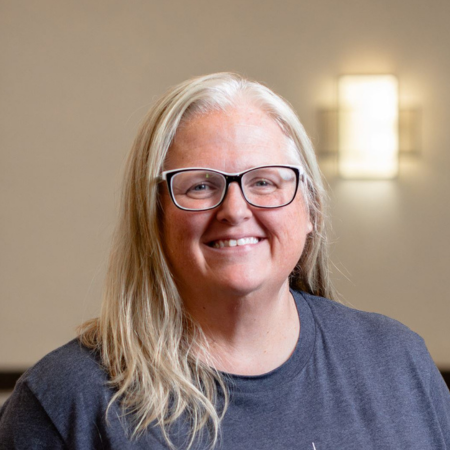

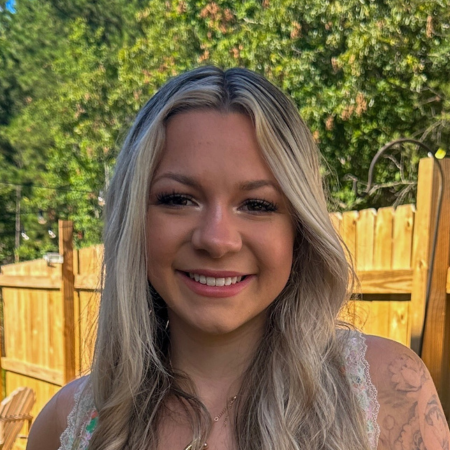
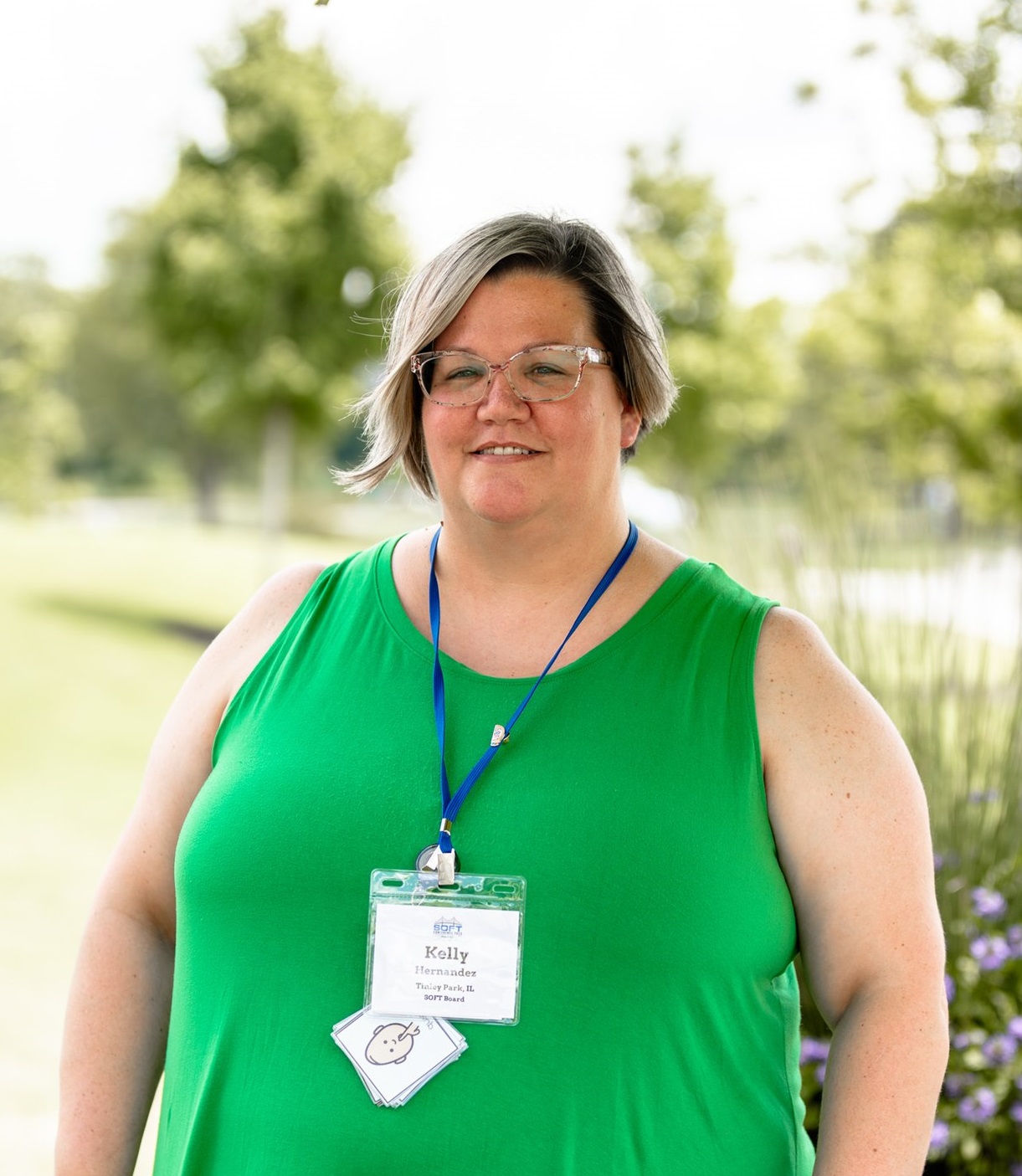
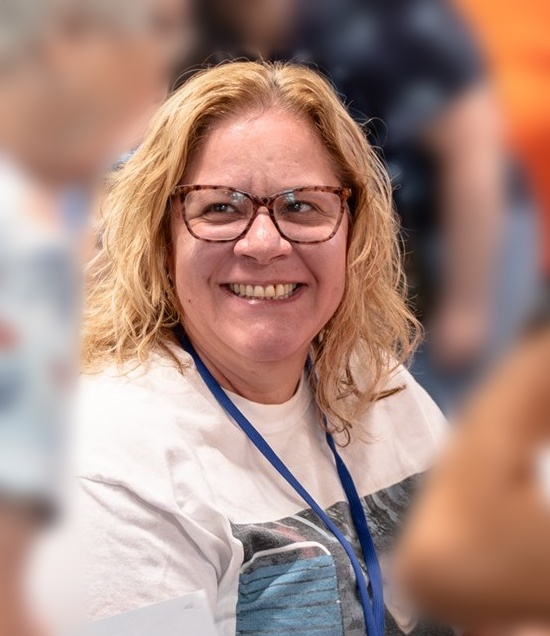
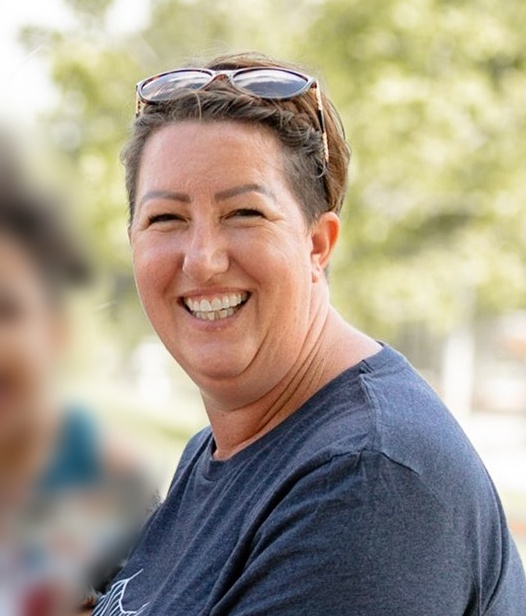

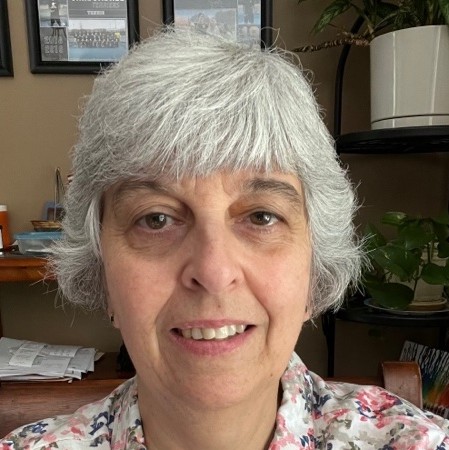
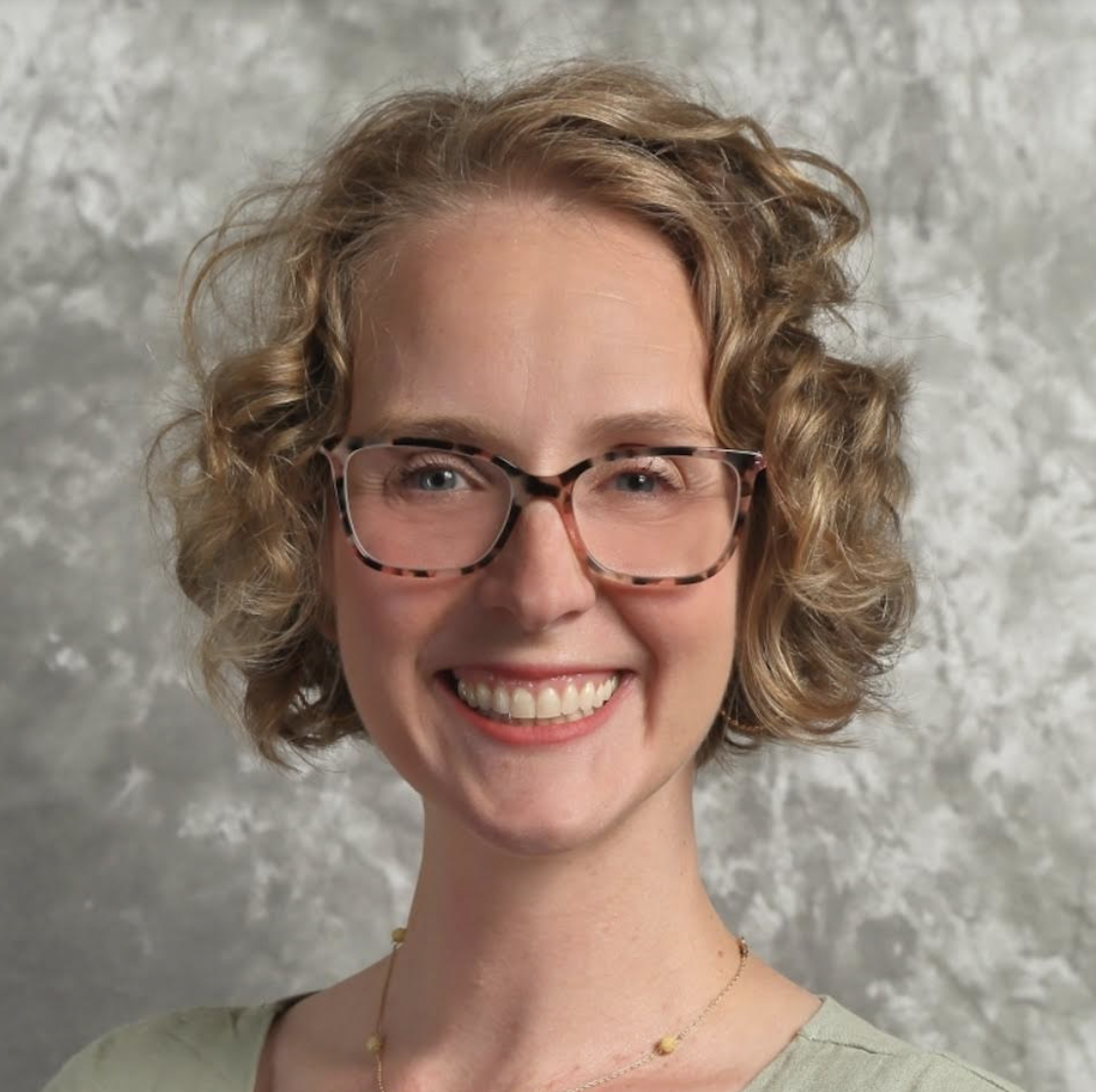
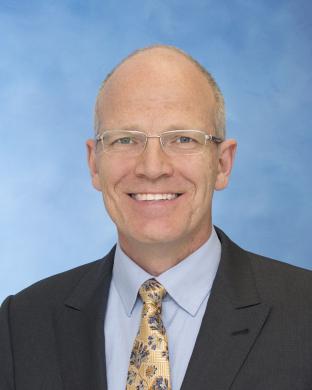
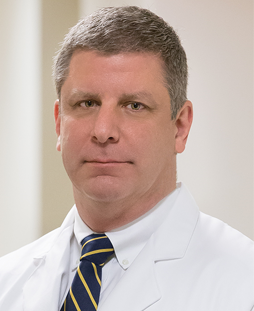

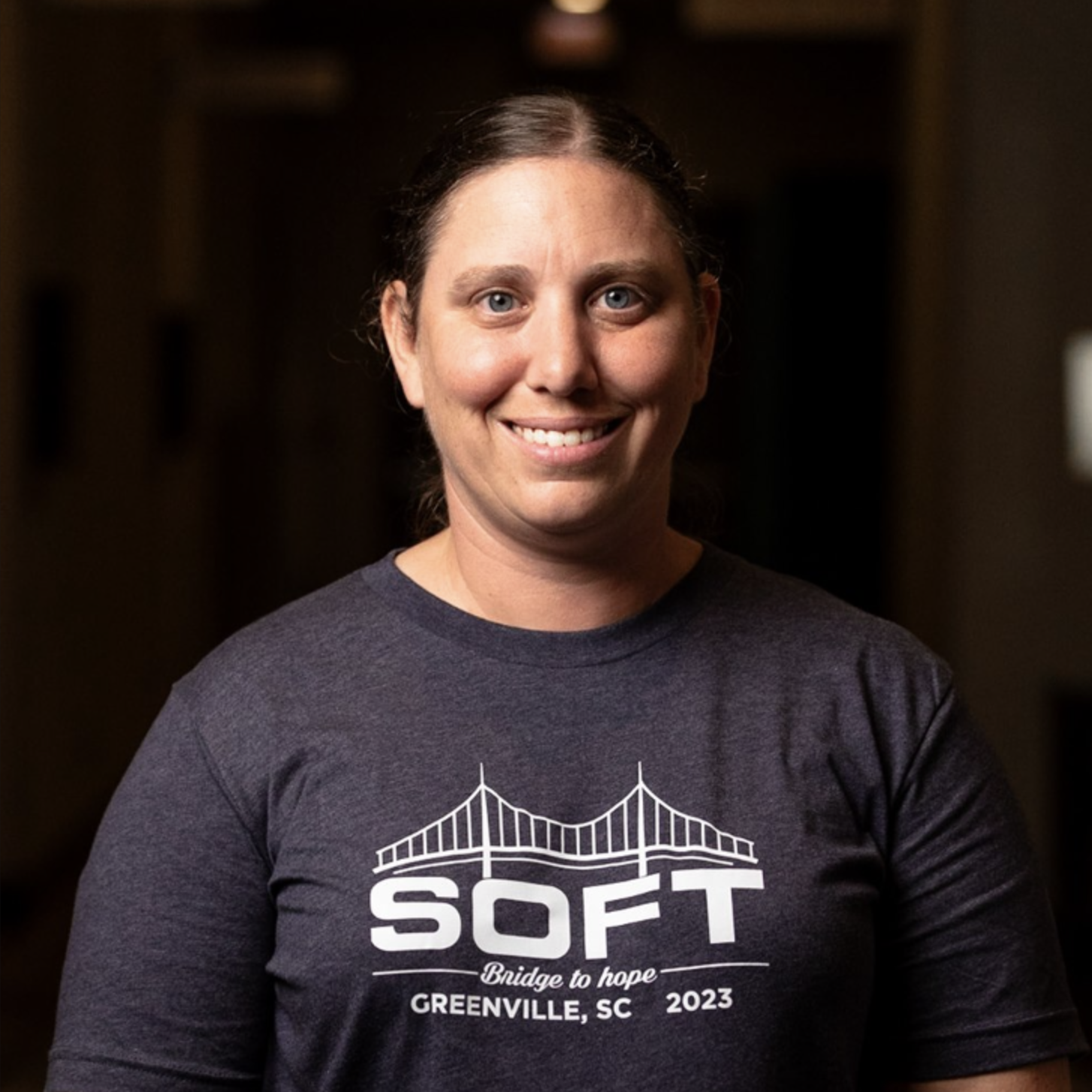



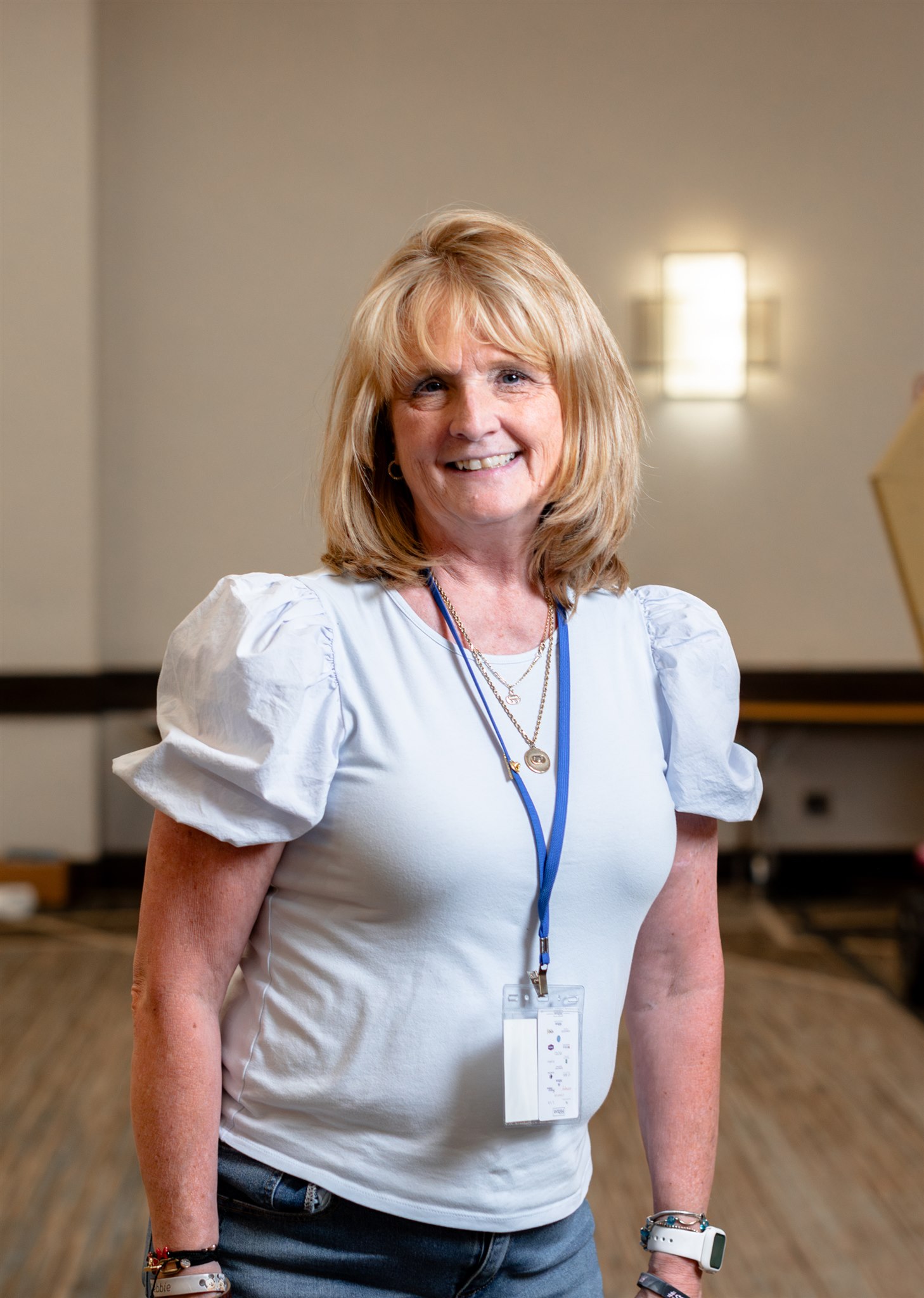
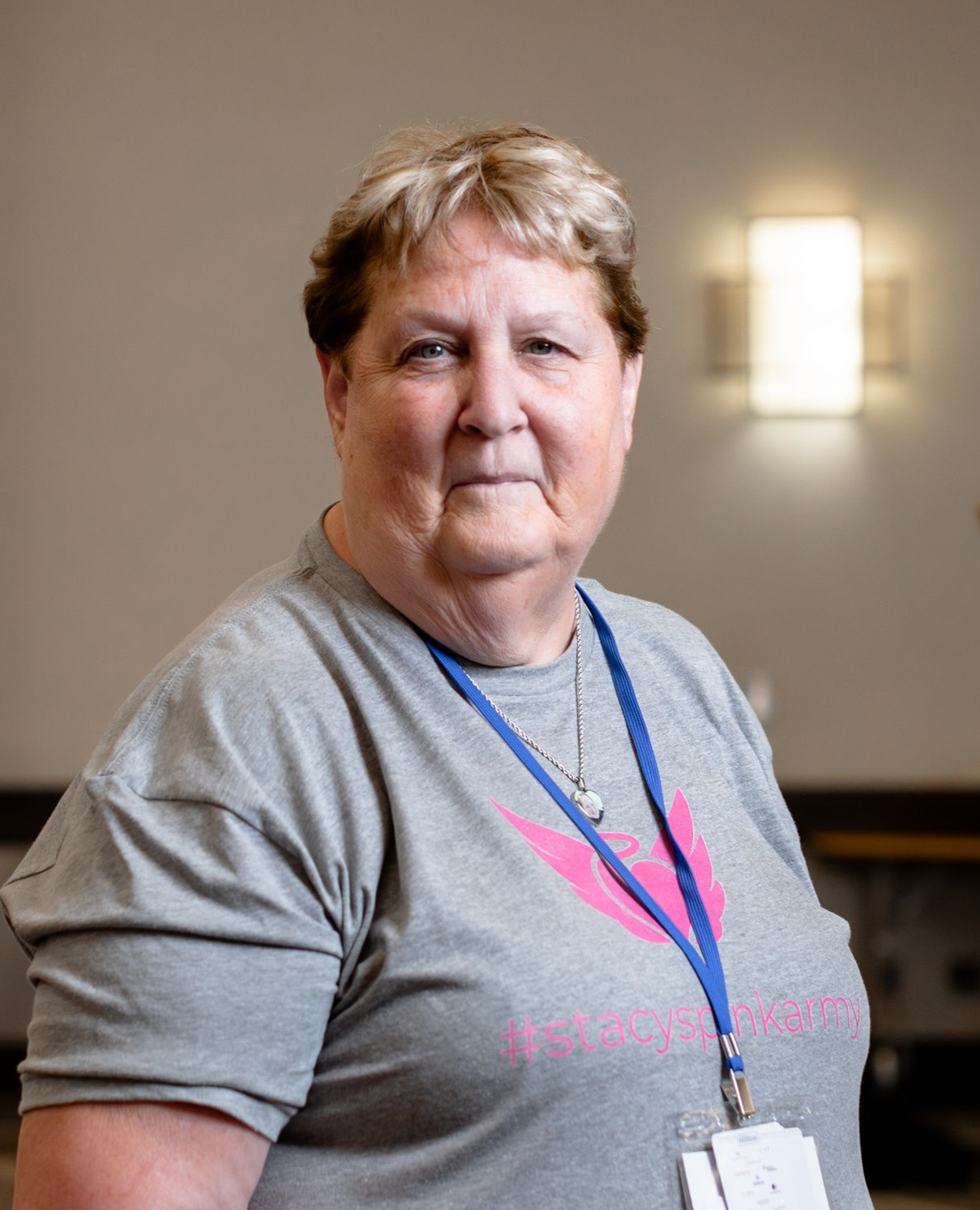
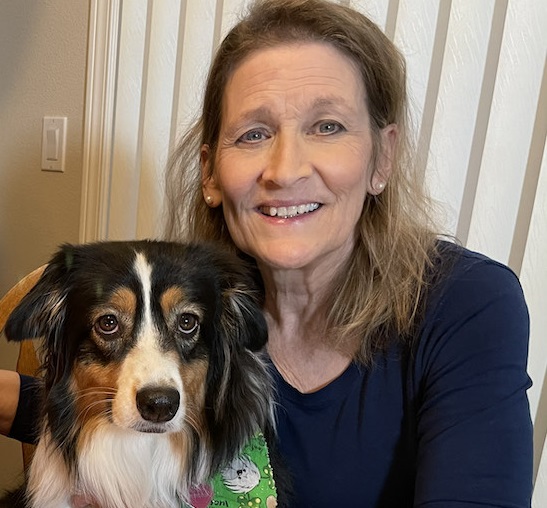
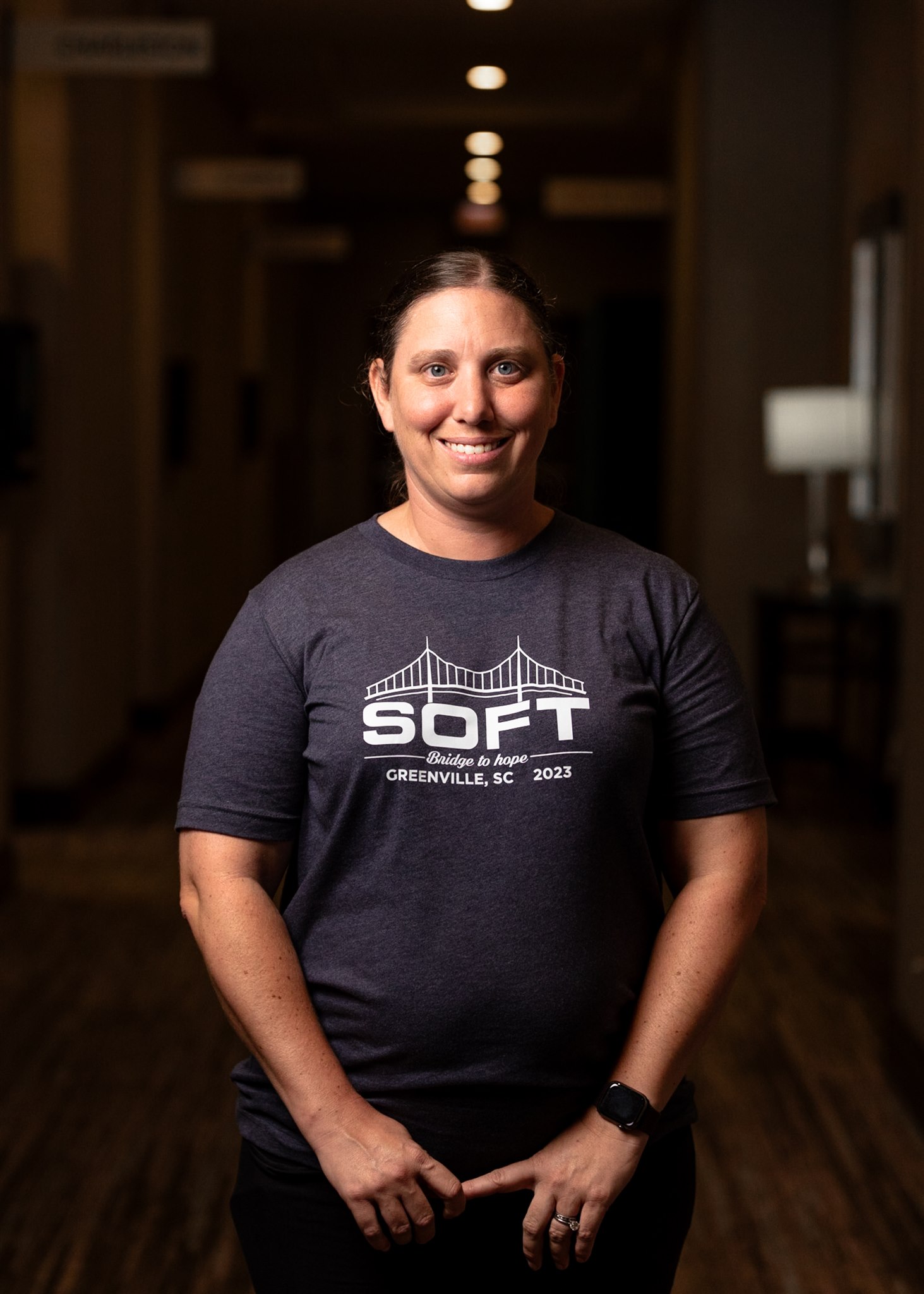

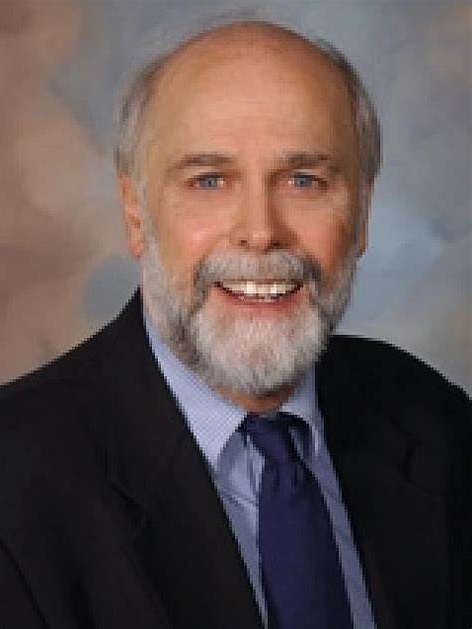
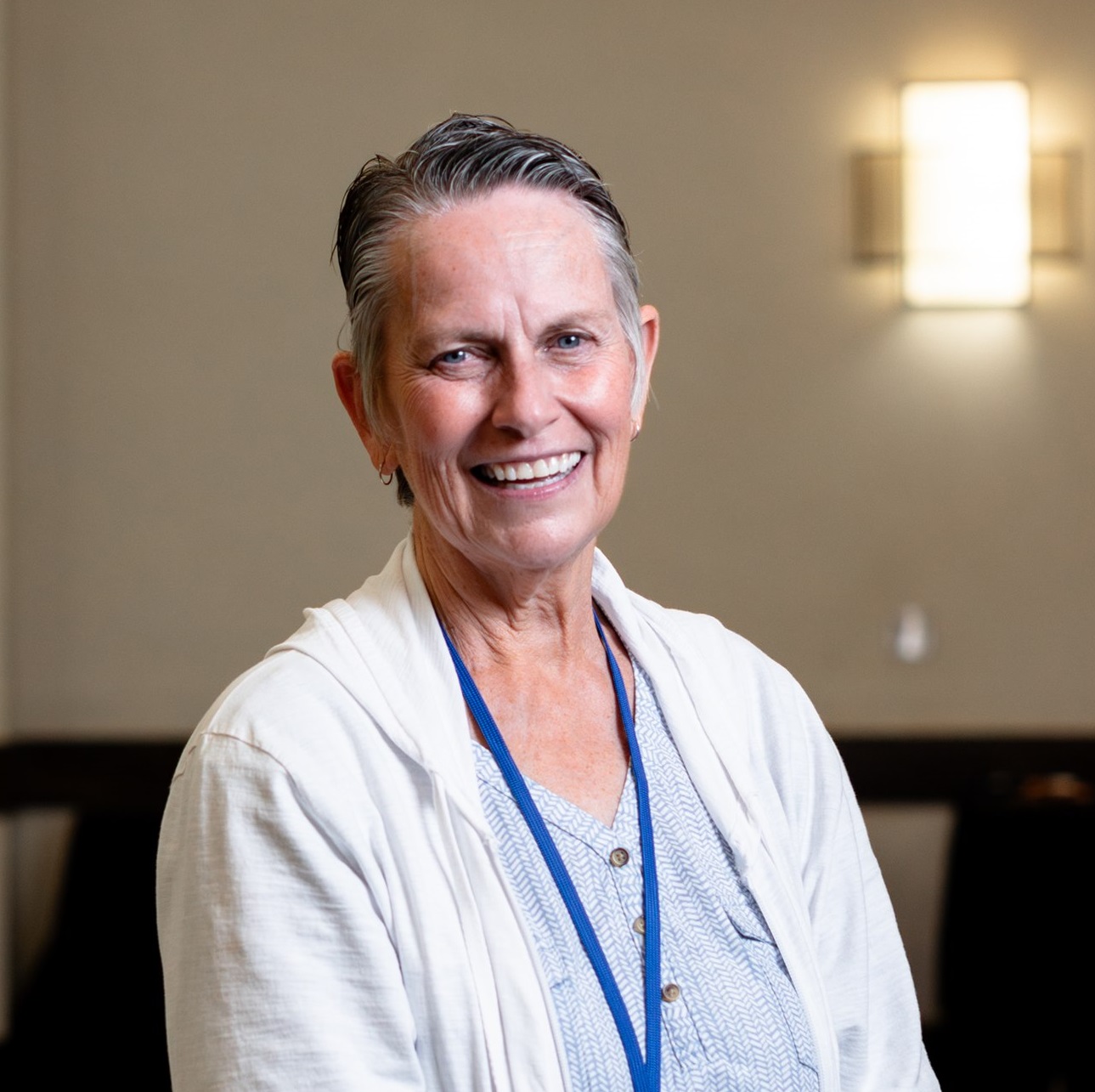

Recent Comments